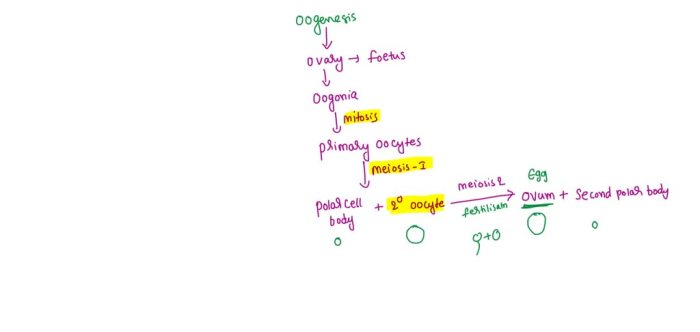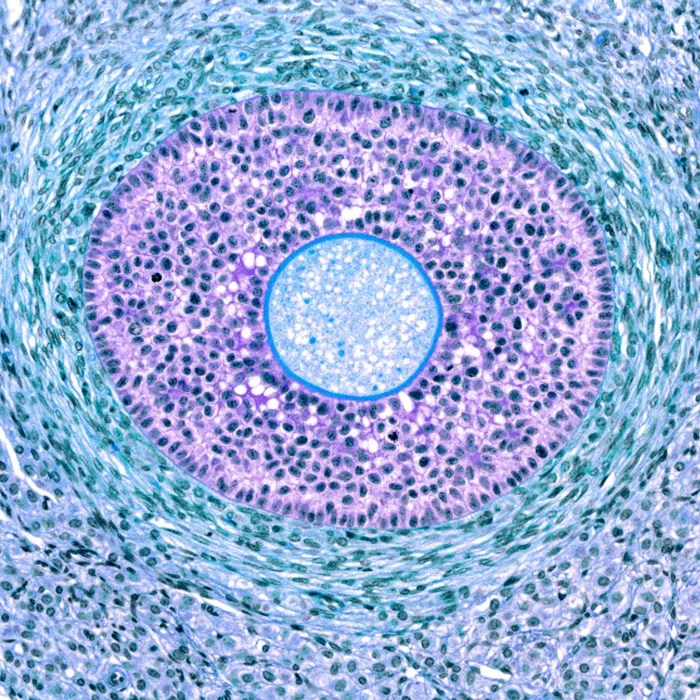Which reproductive structure is correctly paired with its function – Embark on a journey into the fascinating realm of reproductive biology, where we explore the intricate interplay between reproductive structures and their functions. This article delves into the crucial importance of correctly pairing these structures with their intended roles, uncovering the consequences of mismatches and shedding light on the methods used to identify functions.
Join us as we unravel the complexities of reproduction, dispelling common misconceptions and gaining a deeper understanding of reproductive health.
Reproductive Structures and Functions

In the intricate realm of biology, the reproductive process plays a pivotal role in perpetuating life. This process involves a symphony of specialized structures, each with a unique function essential for successful reproduction.
Pairing Reproductive Structures and Functions, Which reproductive structure is correctly paired with its function
Accurately pairing reproductive structures with their functions is paramount to understanding the intricacies of reproduction. Mismatches between structures and functions can lead to reproductive failures, developmental abnormalities, and other detrimental consequences.
Examples of Correct Pairings
- Ovaries:Produce and release mature ova (eggs) for fertilization.
- Testes:Generate sperm cells for fertilization.
- Fallopian tubes:Provide a pathway for ova to travel from the ovaries to the uterus.
- Uterus:Provides a nurturing environment for the developing embryo and fetus.
- Cervix:Dilates during childbirth to allow the passage of the baby.
Methods for Identifying Functions
Determining the function of a reproductive structure involves a combination of scientific research and observation. Studies involving animal models, histological examinations, and physiological experiments contribute to our understanding of reproductive functions.
Common Misconceptions
Despite the advancements in reproductive science, misconceptions about the functions of reproductive structures persist. One common misconception is that the uterus is solely responsible for producing eggs. In reality, the ovaries are the primary producers of eggs.
Implications for Reproductive Health
Understanding the functions of reproductive structures has profound implications for reproductive health. This knowledge empowers individuals to make informed decisions about their reproductive choices, such as contraception, fertility treatments, and prenatal care. It also aids healthcare professionals in diagnosing and treating reproductive disorders.
User Queries: Which Reproductive Structure Is Correctly Paired With Its Function
What are the consequences of mismatching reproductive structures and functions?
Mismatching reproductive structures and functions can lead to infertility, reproductive disorders, and developmental abnormalities.
How are the functions of reproductive structures determined?
The functions of reproductive structures are determined through a combination of scientific research, observation, and experimentation.
What are some common misconceptions about the functions of reproductive structures?
Common misconceptions include the belief that the uterus is responsible for producing eggs, and that the ovaries are responsible for fertilization.

